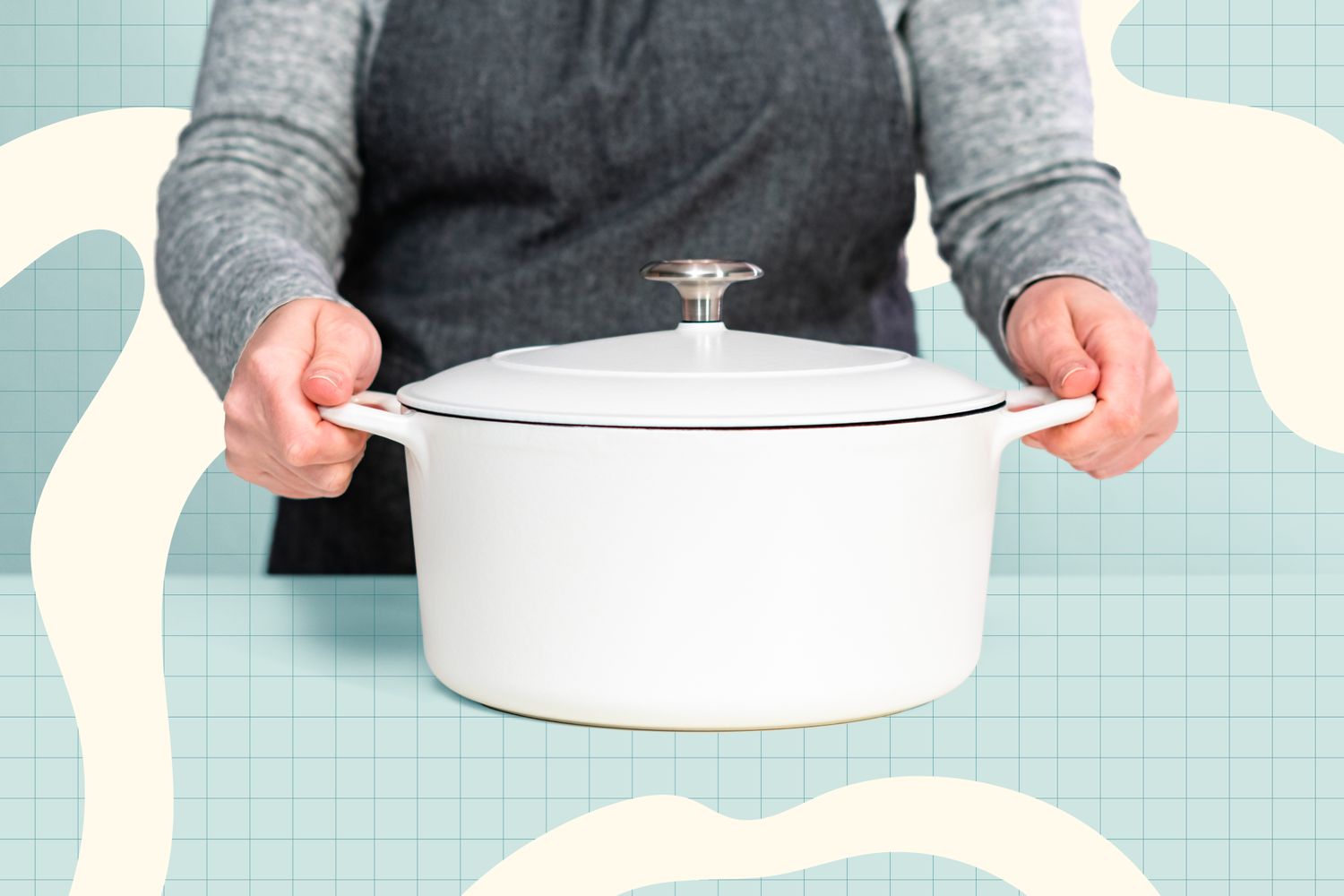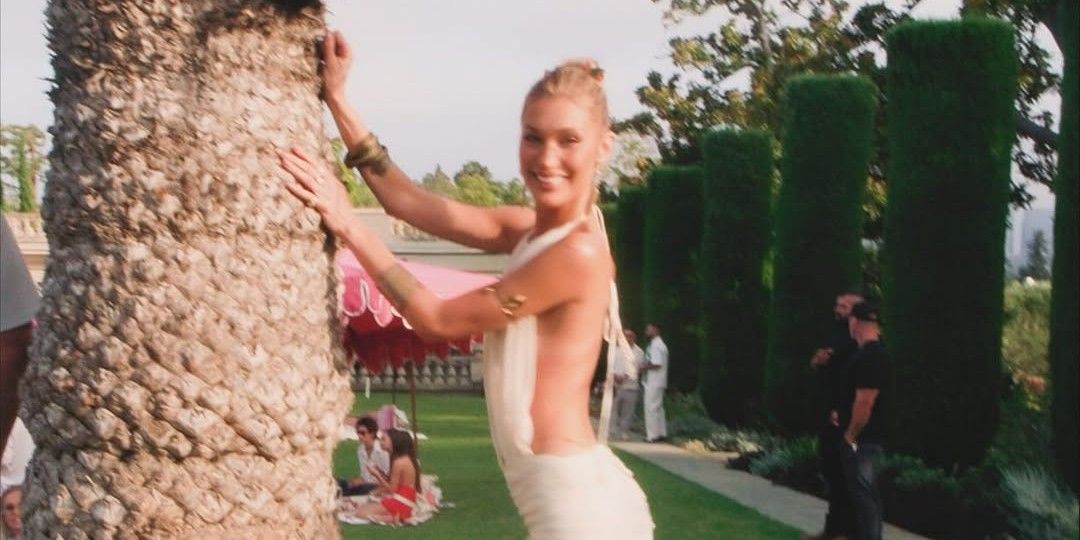Blog
We’re Using Our Cast-Iron for This Hack All Summer Long

- Chilling cast-iron pans can help keep foods like fruits and veggies cool at outdoor events.
- Always avoid thermal shock—never move cast iron directly between hot and cold temps.
- Follow expert tips to keep food at safe temperatures and protect your cast iron.
I own several pieces of cast-iron cookware, and I’m always using them for my favorite nourishing meals. They’re excellent at holding and distributing heat, which makes searing and sauteing a breeze, even without much fat. Sturdy cast iron plays a supporting role in plenty of EatingWell recipes too, from tender chicken cutlets to savory lentil soup.
I can always trust my cast-iron cookware to keep things piping hot. But a recent Instagram post from Staub has opened my eyes to a new way to use my dependable cast iron: to keep food ice cold.
Staub recommends chilling your cast-iron griddle or skillet—by icing it down or placing it in the fridge or freezer–before loading it up with food. The claim is that since the cast-iron walls are thick, they’ll be able to hold the cold temperature longer than a typical serving tray. The chilled surface will stay cool, keeping whatever is on it cool as well.
I’ve been to and hosted many outdoor parties and it often feels like a game of chance when it comes to the food. Will a bowl of ice be enough to keep that egg salad cold enough to be safe to eat? Most of the time I avoid the risks and err on the side of serving and consuming foods that don’t require refrigeration or need to be kept hot. And I always follow the rule of “more than two is bad for you”—meaning food shouldn’t be left out for more than two hours. But sometimes I wish there was a simple way to keep fruit and vegetables chilled, just for the enjoyment of eating something cool and crisp. Enter Staub’s cold cast iron pan hack!
It’s a fun idea and worth a try, but before you jam your cast iron into your freezer, consider a few things. First of all, for foods that truly need to stay cold for hours, nothing beats your fridge or an iced-down cooler. This hack is a great way to keep fruits and veggies chilled, but it probably won’t hold its chill long enough to keep your chicken salad at a safe temp all cookout long.
“To ensure food safety during the summer, we recommend following the manufacturer’s instructions, monitoring food temperatures regularly and adhering to time limits for how long food can be left out at room temperature,” says Lisa Yakas, senior account manager at NSF—formerly National Sanitation Foundation. “As a general guideline, avoid leaving food out for more than two hours at room temperature or one hour in warmer temperatures—e.g. over 90 degrees—refrigerate groceries quickly and/or keep them chilled when in the car, and wash hands and kitchen tools frequently as bacteria can grow in warmer environments.”
As long as you’re staying on top of food safety at your gathering, this frozen cast iron hack could be a great way to keep your spread a little cooler and show off your favorite pots or pans. But of course, it’s always good to treat your cast-iron with kindness. Here are some expert tips for following this hack without damaging any of your favorite pots or pans.
How to Safely Use Cast Iron for Serving
- Keep it seasoned. Matt Sklar from Lancaster Cast Iron says that “if your seasoning is not perfect (which is totally normal!) adding ice or water and letting it sit for a long time can cause your pan to rust.” Luckily, Staub cast iron is enameled, so there’s a protective coating to prevent rusting. But if you want to try this with your conventional cast iron, follow this advice from Sklar: clean it, then wipe down the inside and outside with oil (or cast-iron seasoning) before putting it in the freezer.
- Chill properly. There’s a pretty small chance that you’ll be taking your cast iron pan from a heat source directly to the freezer, but here’s a reminder not to, just in case. Any sudden change in temperature will put cast iron in what’s called “thermal shock” which can crack or break the pan. In other words, never take a hot cast iron pan and put it in the fridge or freezer. And don’t put your chilled cast-iron dish right into the oven or on the stove, either.
- Know your food. Even the coldest tray isn’t a replacement for refrigeration, so don’t put anything on it that needs to be kept at 40 degrees Fahrenheit (the temperature danger zone)1 or below.
- Clean properly. Once you’ve used your cast iron, be sure to clean and dry it. Acidity and moisture can lead to rust, which can be a nuisance. So give it a good scrub and dry with a towel before storing.






![The four celebs in "The Great American Baking Show: Celebrity Summer" - [From left] Jesse Tyler Ferguson, Yara Shahidi, June Diane Raphael and Andrew Rannells](https://sentechzone.in/wp-content/uploads/2025/08/How-to-watch-The-Great-American-Baking-Show-Celebrity-Summer-1129x800.png)





